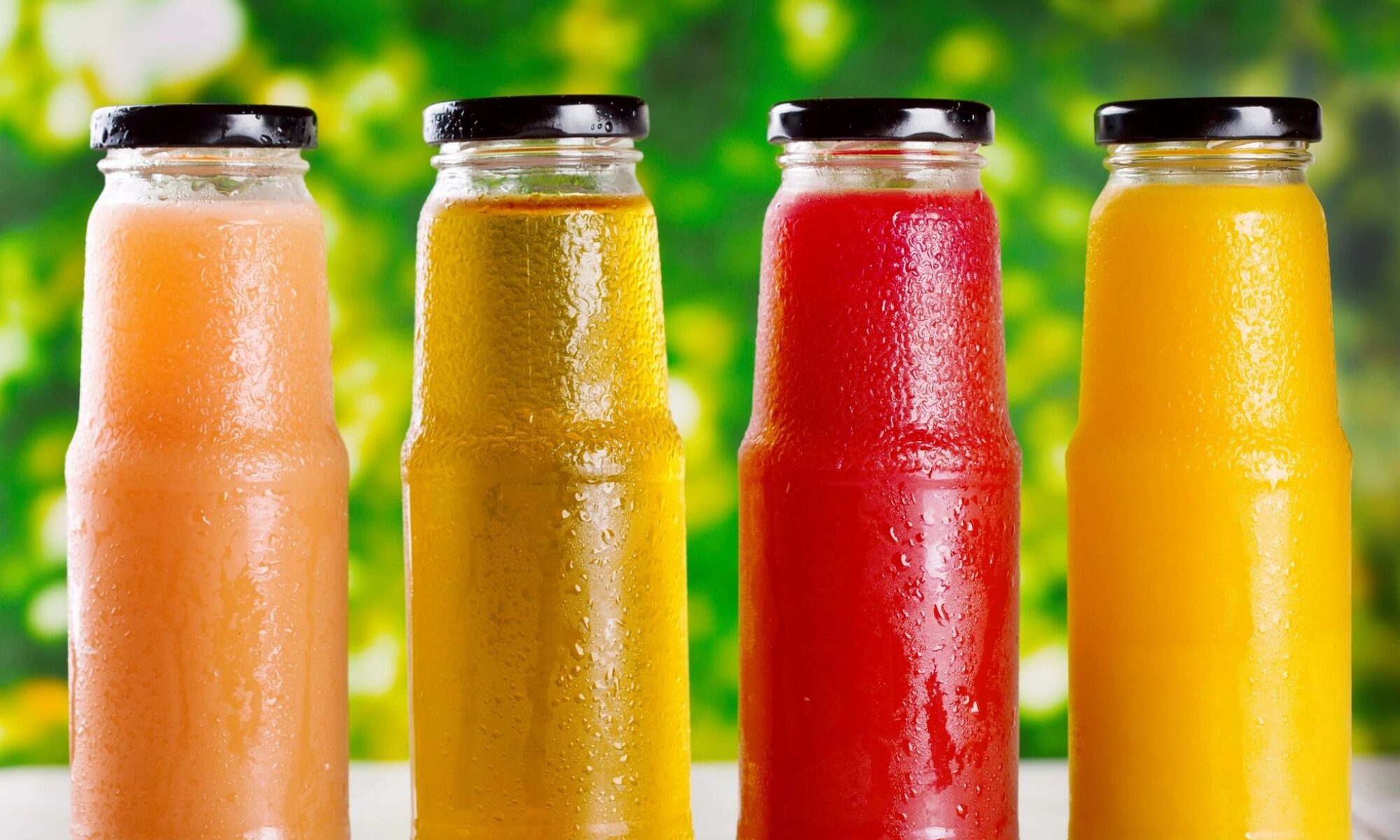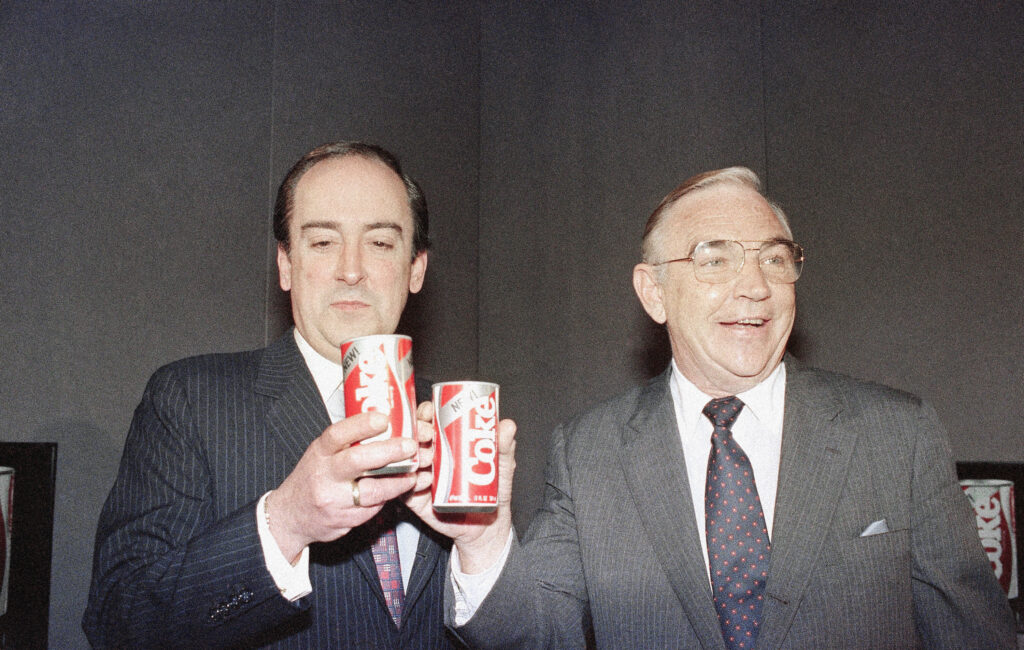
In our previous articles (that’s a lot actually, never thought it would go so far!), I discussed a lot. I talked about many brands and many beverage types that found success across the globe.
I discussed the small beginnings of the energy drink industry, for example, and how several energy drink brands reached high levels of success. I also talked about bottled water and how carbonated drinks were invented.
That’s just a small part, and you should go back and take a good look at all those previous blogs that discussed the massive expansion of the beverage industry and the rise of popular brands we know and love today.
However, not everything is excellent in this industry. Plenty of beverages, brands, and concepts ended up being massive failures, and in today’s piece, I wanted to shine a light on these as well. So, with that in mind, let’s take a look at the most notable failures of the beverage industry.
The New Coke That Failed Tremendously
As you already know, Coca-Cola is a massive brand, not just in the beverage industry but overall. It mostly has to do with the unique formula they developed more than a hundred years ago.
That formula was a success, and it’s bizarre when you think about the time when they tried to change it. That happened back in 1985 when the great war between Coca-Cola and Pepsi was at its height.
Coca-Cola needed a change as their bitter rival Pepsi rose in popularity in the 80s, and their market share was reaching Coke’s. The change they decided to make was in the very formula itself. The company created the New Coke with an entirely new formula, which was a first in almost a century of Coca-Cola’s existence.
As soon as the drink was created and shipped to stores, the fans went crazy. Coca-Cola wanted to bring about a great, positive change, but the result was the very opposite. The backlash was tremendously bad, with only 13% of people liking the new taste. People started petitions, launched campaigns, and even called the company, all to get Coca-Cola to bring back the old flavor everyone loved.
The company went all-in with the marketing. The campaign was terrible in hindsight, or at least the Bill Cosby commercial, which certainly didn’t age well!
However, only two and a half months later, the old familiar taste was back, and the fans calmed down. The failure was still big, and Pepsi benefited greatly from their chief rival’s disaster. Unfortunately for them, once the old Coke formula was back, so was the success of Coca-Cola. Fast forward to several decades in the future, and Coca-Cola is a much bigger brand compared to Pepsi, despite the failure from 1985.
The Quick Failure of Crystal Pepsi
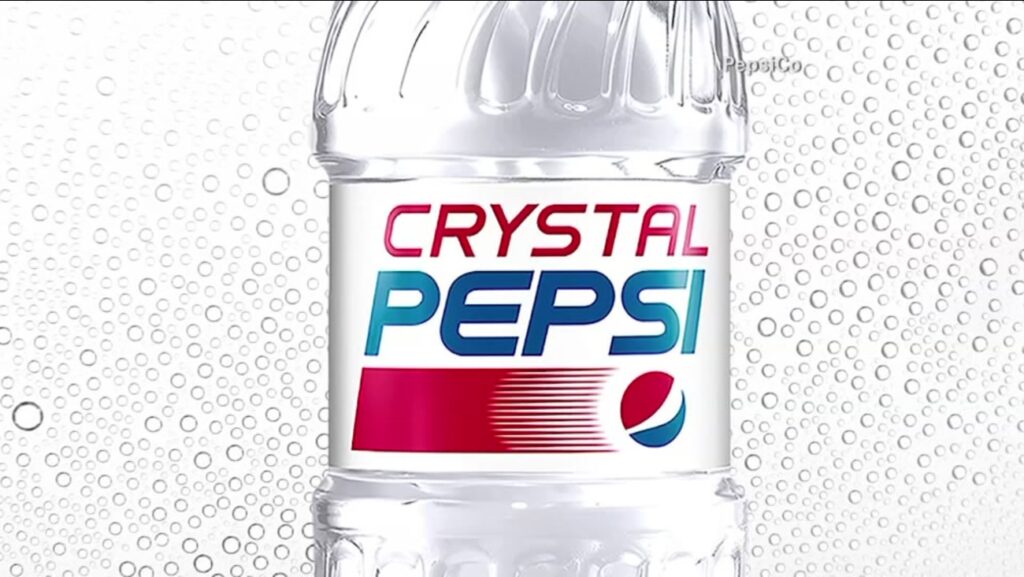
Coca-Cola is not the only one with majors fails; Pepsi has also had their own mishaps, especially when you consider their Crystal Pepsi debacle.
The early 1990s saw the rise of the clear-soda popularity, and Pepsi wanted to get in the game. They did it by creating Crystal Pepsi – a caffeine-free drink that was supposed to get people to associate it with health and purity. The beverage was also quite similar to the regular Pepsi, as the taste was almost identical. The only significant difference was the absence of the caramel color, which should have made the drink less acidic in its taste.
The initial response was very positive, and the fans were happy with the drink. The success even prompted Coca-Cola to release its own clear-soda drink – the Tab Clear. However, Tab Clear was specifically designed to sabotage Pepsi by destroying both itself and Crystal Pepsi. The strategy was this: Tab Clear was a low-selling product designed to fail. It was marketed as a sugar-free drink and associated with Crystal Pepsi to make Pepsi’s drink appear sugar-free as well, even though it wasn’t. The strategy was largely successful, and both drinks were mostly dead within half a year.
Orbitz – One of the Biggest Failures in the Beverage Industry
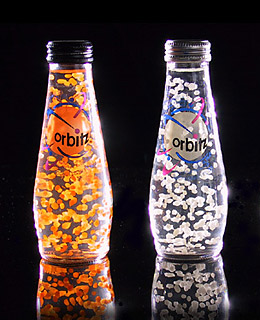
In 1996, the Clearly Canadian Beverage Corporation, a popular Canadian flavored sparkling water producer, introduced its lava-lamp beverage called Orbitz. The drink had floating edible balls that were essentially suspended in the liquid, prompting the lava-lamp association. In earnest, I was involved with this one and I thought it was going to be bigger than Coke! Ooops!
Orbitz was marketed as something unique, a drink that was supposed to be a Big Bang in the industry. However, consumers were not thrilled, and the drink was discontinued in only one year’s time.
Why? Well, it seems that the taste was the biggest issue. Orbitz wasn’t tasty at all. Many people compared it to cough syrup and ‘old water from a flower vase.’ If that weren’t enough, the branding was a bit confusing to people as well. Several flavors didn’t make much sense to consumers, so very few people were actually able to imagine what the taste would be like once they tried it.
Orbitz went all-in with the novelty and uniqueness factor, but without anything else. That’s the main reason why there was an initial interest that quickly died off once enough people tasted the drink and realized it wasn’t good.
The Short Life of Sprite Remix
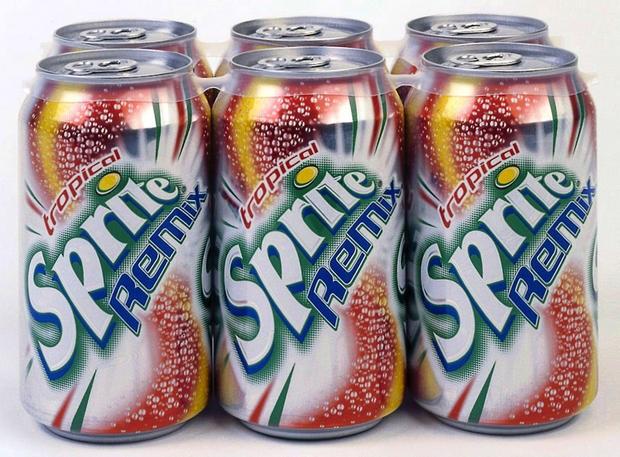
Sprite Remix was an initially popular variant of Sprite, released by Coca-Cola in 2002. It was a colorless, caffeine-free, Sprite-based drink that eventually came in several different flavors that were remixes of Sprite, and each of them tasted significantly different from the original.
The taste was good to many fans, and the sales went well for a while. However, only three years later, in 2005, the Coca-Cola Company decided to discontinue the drink. The main reason was poor sales.
However, the drink got a revival in 2015 in the form of its Tropical Sprite Remix flavor that was soon renamed Sprite Tropical Mix.
Pepsi Blue – Blue Isn’t Always Great
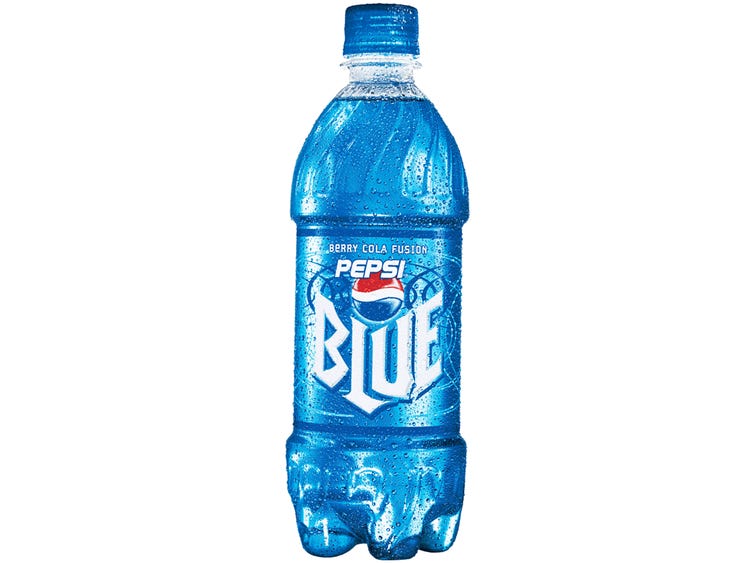
It seems that the biggest brands fail the most, which is no wonder, as they are the ones releasing the most beverages and conducting the most experiments.
One such experiment was Pepsi Blue, a soft drink that was supposed to compete with Coca-Cola’s Vanilla Coke. It was released in 2002 with a completely blue color that was its discerning characteristic. However, it was also the reason why the drink failed.
In 2004, it came to light that the drink was colored with something called Blue 1 – a food-coloring agent that’s very controversial in many countries around the world. It was banned in several countries as well because it causes allergic reactions in certain people.
Blue Pepsi was very popular because of its blue color that attracted many. But it also gained momentum because of a unique taste that was described by many as something like blueberries, raspberries, and even cotton candy.
The drink is no longer produced, but it can still be found in the Philippines.
Why Hubba Bubba Soda?
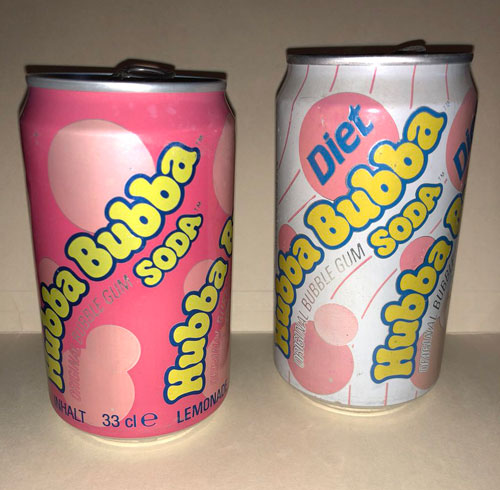
A lot of people love bubble gum, but I doubt that they like bubble gum flavor in their sodas. However, that wasn’t the thought behind the Hubba Bubba Soda that came to be in 1988. It was made by a movie producer named Steve Roeder, who made it by using bubble gum snow cone syrup.
It might have been a good idea at the time, and it was an exciting novelty to many people. But it still died relatively quickly. It was discontinued in 1990 due to poor sales, most likely because no one wants to drink bubble gum!
The Infamous Non-Alcoholic Coors Drink
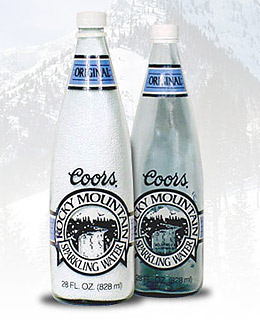
The famous Molson Coors Company creates beer, as many of you probably already know. Their main differentiator is the fact that they use pure Rocky Mountain spring water to make their beers, as the company has been saying since 1873.
It seems that they wanted to use that differentiator to enter an entirely different market – the sparkling water market. Thus, the Coors Rocky Mountain Sparkling Water was introduced in 1990. It was regular sparkling water with no alcohol in it. However, as the Coors fans knew the company to be an alcohol manufacturer, they were entirely confused with this product.
The bottled water market was booming at the time, and it stands to reason why Coors wanted a piece of the pie. However, it’s entirely baffling why they mainly targeted their existing consumers who were interested in the company for its beers and nothing else. Their fans simply didn’t care for Coors sparkling water, which is the main reason why the drink failed tremendously, despite the heavy marketing. So, two years after the drink was launched, it was abandoned entirely.
McCain’s Boku – the Beverage for Children Goes to Adults
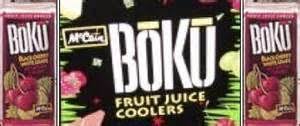
Until McCain Citrus Inc made the Boku juice in 1990, the entire U.S. juice box market was oriented towards children. However, Boku was made to target adults, and it was packaged in a way to appeal to adults without making them look childish while drinking the juice.
The marketing was well designed, and the drink became popular once the company hired the famous comedian Richard Lewis. He became their spokesperson and appeared in several commercials that were often more popular than the drink itself!
The beverage was popular nevertheless, but once the initial craze settled down, it went into obscurity. That happened some five years after it was introduced, and the company attempted to bring it back to popularity by targeting children with their new ads. Unfortunately, the strategy was unsuccessful, and the drink only remained in stores due to nostalgia. However, that wasn’t enough, and Boku was discontinued in 2003.
And this ad starring Richard Lewis is always fun to watch https://www.youtube.com/watch?v=1JEbnWl8iz0
An Energy Drink Soda Hybrid
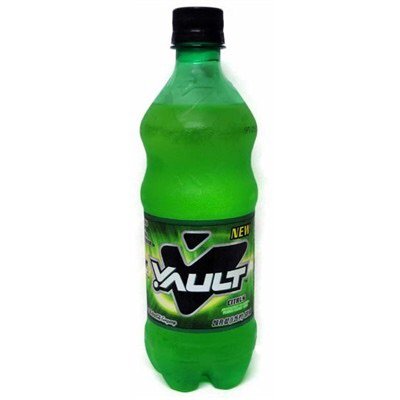
Coca-Cola Company envisioned and made Vault as a hybrid of energy drinks and regular sodas in 2005. They also made it to compete with Pepsi’s massively popular Mountain Dew.
It was an interesting drink that was marketed well with the slogan ‘Drinks like a soda, kicks like an energy drink!’
Vault became popular-enough among fans, and Pepsi made a response with their Mountain Dew Code Red. Coca-Cola responded by making the Vault Red Blitz. The drink continued selling well and lasted for a total of six years until it was discontinued.
The interesting part is that Vault didn’t fail because of low sales or lack of popularity among consumers. It was discontinued primarily because of Monster Energy. Coca-Cola bought the majority share in the company and decided it wasn’t smart to compete against itself with Vault, which was also an energy drink. So, they soon discontinued the entire brand.
In all honesty, it was probably the right decision, as Monster Energy is one of the biggest energy drink brands today. However, the Vault brand, on its own, is still a failure.
The Complete Failure of Jolt Cola
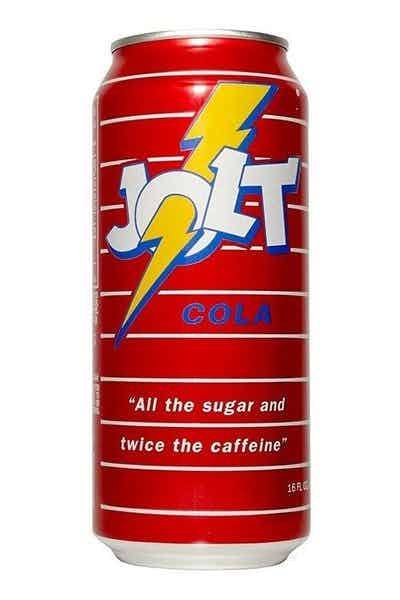
Jolt Cola is most likely the biggest failure on this list, and yet, it’s the only one that still exists. However, there is a good reason for this strange statement.
The drink was introduced in 1985 during the most heated period of the Coca-Cola vs. Pepsi war. Jolt Cola was an outsider, but they did well at first. Their main appeal was the fact that they were a ‘maximum caffeine’ alternative to all other similar beverages. The primary target market was students and young professionals, as the drink was supposed to give them energy the same way energy drinks did.
This went on for quite a while, as many of you already know. However, the drink failed only when the entire company went under. The Jolt Cola company filed for Chapter 11 bankruptcy in 2011, but they came back into the world in 2017 when the entire company was restructured.
Key Takeaways
As you can see, just as much as the world of beverages is filled with some major successes many adore, it’s also filled with some major disasters. Many of them are forgotten, but it’s worth remembering them if you want to stay in the game.
That’s why it’s vital for you to follow posts like these and always be aware of what works and doesn’t work in the beverage industry.
